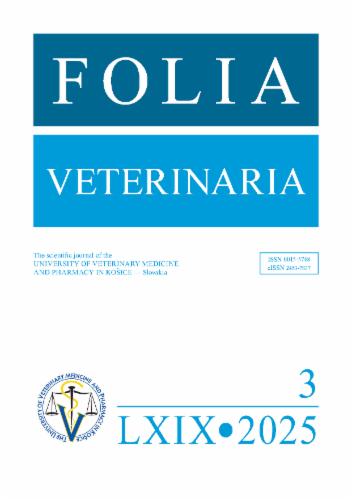Effect of Wi-Fi Electromagnetic Radiation on Selected Morphological Parameters of Chicken Embryo
Pubblicato online: 22 set 2025
Pagine: 35 - 42
Ricevuto: 02 giu 2025
Accettato: 16 lug 2025
DOI: https://doi.org/10.2478/fv-2025-0025
Parole chiave
© 2025 Katarína Holovská et al., published by Sciendo
This work is licensed under the Creative Commons Attribution-NonCommercial-NoDerivatives 4.0 International License.
The aim of this study was to observe the effect of Wi-Fi radiation on certain morphological parameters of chicken embryos. The chicken eggs were divided into two groups: a control group (CO 9) and an experimental group (WiFi 9). The WiFi 9 group was exposed to Wi-Fi radiation at a frequency of 2.4 GHz (300 µW/m2) for a period of 9 days. A statistically significant reduction in body weight (P < 0.001) was observed in the WiFi 9 group (1.561 ± 0.343 g) compared to the CO 9 group (1.724 ± 0.087 g). The WiFi 9 group exhibited an insignificant decrease in heart weight (0.017 ± 0.004 g) compared to the CO 9 group (0.019 ± 0.002 g). Liver weight remained unchanged in both the WiFi 9 and CO 9 groups. Petechial haemorrhages of varying extent were also observed on the head, trunk, and developing limbs. However, Wi-Fi exposure had no effect on embryo viability or on the occurrence of malformations. Although not all of the observed changes in the developing embryos were statistically significant, the results indicated a potential risk associated with continuous exposure of the organism to non-ionising radiation.
